How to Embracing Drone Technology in Various Industries in 2023
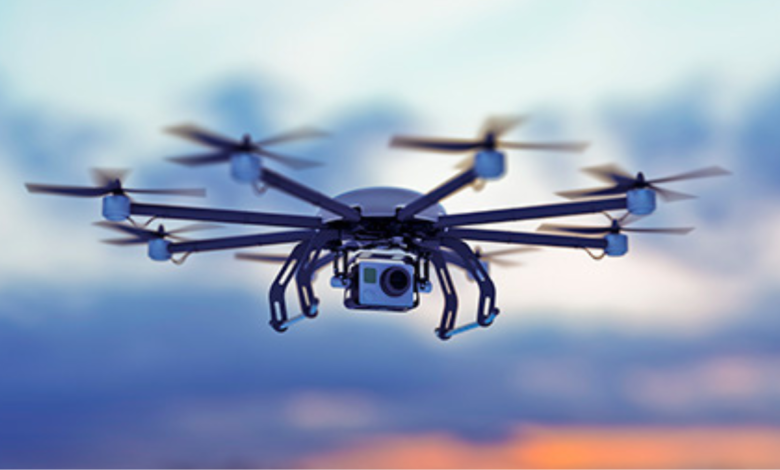
Drones, once confined to military applications and hobbyist pursuits, have rapidly transitioned into indispensable tools across a wide spectrum of industries. From agriculture to construction, logistics to entertainment, drones are revolutionizing operations, enhancing efficiency, and opening up new possibilities. In this article, we’ll delve into how drone technology is being embraced in various sectors in 2023, highlighting their benefits, challenges, and potential for the future.
As the world advances in technology, drones have emerged as a game-changer in numerous industries. Their ability to reach remote areas, capture data from unique angles, and perform tasks that were previously cumbersome has led to their widespread adoption. Let’s explore how these industries are leveraging drone technology for better efficiency and innovation.
Drones in Agriculture
Agriculture, the backbone of economies, is benefiting immensely from drone integration. Drones equipped with sensors and cameras are surveying vast farmlands, collecting data on crop health, irrigation needs, and pest infestations. This data-driven approach enables farmers to make informed decisions, optimize resource utilization, and increase crop yields.
Transforming Construction with Drones
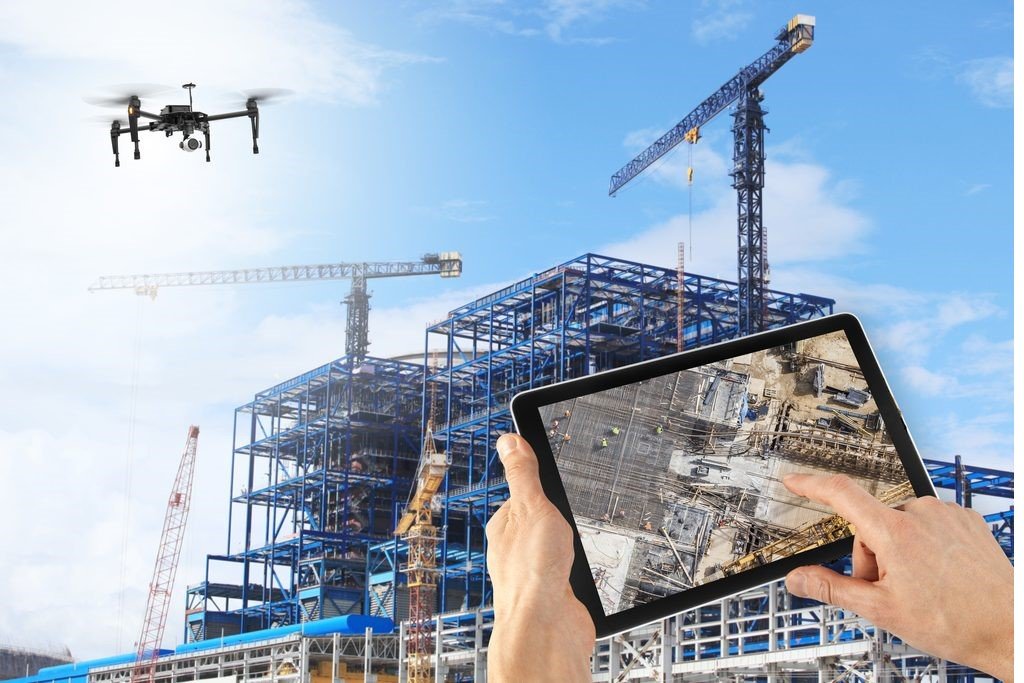
In the construction sector, drones are enhancing project management and site inspections. They can create detailed 3D maps of construction sites, monitor progress, and even perform safety checks. This not only accelerates the construction process but also minimizes risks for workers.
Logistics and Drone Delivery
Delivery systems are evolving with drones taking to the skies. E-commerce giants and logistics companies are experimenting with drone deliveries, ensuring swift and efficient distribution of goods. This innovation is particularly valuable in remote or disaster-stricken areas.
Monitoring and Inspections in Energy Sector
Drones have revolutionized how energy infrastructure is monitored. They can inspect power lines, pipelines, and wind turbines with precision, reducing the need for dangerous human interventions. This proactive maintenance approach prolongs the lifespan of vital assets.
Media and Entertainment
The entertainment industry has been quick to embrace drones for breathtaking aerial shots. From movie productions to sports broadcasts, drones capture dynamic footage that was once difficult or expensive to achieve. This technology adds a cinematic flair to storytelling.
Surveying and Mapping Applications
Surveying and cartography have become more efficient with drones. They can quickly map landscapes, assess topography, and gather data for urban planning. This speeds up the decision-making process and provides accurate geospatial information.
Search and Rescue Operations
Drones are proving to be crucial in search and rescue missions. Equipped with thermal imaging and real-time video streaming, they can locate missing persons in challenging terrains, aiding rescue teams in their efforts.
Healthcare and Medical Supply Distribution

In the healthcare sector, drones are being employed to deliver medical supplies to remote areas with limited access. This is especially beneficial in emergencies, where timely delivery of medications and medical equipment can save lives.
Environmental Conservation and Wildlife Monitoring
Drones play a pivotal role in environmental conservation by monitoring wildlife habitats and tracking endangered species. This non-intrusive method of data collection aids researchers in understanding ecosystems and implementing effective conservation strategies.
Challenges and Regulations
Despite their benefits, drones face challenges related to privacy concerns, airspace regulations, and potential misuse. Striking a balance between innovation and safeguarding public interests remains a challenge for policymakers and technology developers.
The Future of Drone Technology
The future holds immense promise for drone technology. Advancements in AI, longer battery life, and improved communication systems will expand their capabilities. Industries will continue to find novel applications, leading to a more connected and efficient world.
Advancements in Drone Technology
Enhanced Battery Life and Efficiency
One of the primary limitations of drone technology has been its limited flight time due to battery constraints. However, significant strides have been made in developing more efficient and longer-lasting batteries. This advancement will extend the operational duration of drones, making them more practical for various tasks, including surveillance, delivery, and data collection.
AI and Automation Integration
The integration of artificial intelligence (AI) and automation has propelled drones into new realms of functionality. Drones equipped with advanced AI algorithms can now navigate complex environments autonomously, avoiding obstacles and making real-time decisions. This is particularly valuable in applications such as search and rescue missions, where drones can navigate dangerous terrain without risking human lives.
5G Connectivity
The rollout of 5G networks has a profound impact on the capabilities of drones. With ultra-low latency and high data transfer rates, 5G connectivity enables seamless communication between drones and their operators. This paves the way for remote piloting of drones over long distances, opening doors for applications like long-range delivery and monitoring of remote locations.
Advanced Imaging and Sensing
The future of drones is closely linked to their ability to capture high-quality data. Advanced imaging technologies, such as multispectral and hyperspectral sensors, allow drones to gather valuable data beyond what the human eye can perceive. This has profound implications in agriculture, environmental monitoring, and disaster assessment.
Applications of Future Drone Technology
Last-Mile Delivery
Delivery services are undergoing a transformation with drones poised to revolutionize the last-mile delivery process. Drones can navigate traffic and deliver packages directly to customers’ doorsteps, reducing delivery times and costs.
Environmental Conservation
Drones equipped with advanced sensors play a pivotal role in environmental conservation. They can monitor wildlife, track deforestation, and survey hard-to-reach areas, providing researchers and conservationists with critical data for informed decision-making.
Infrastructure Inspection
Inspecting infrastructure like bridges, power lines, and pipelines has traditionally been a time-consuming and risky endeavor. Drones can now perform these tasks efficiently, capturing high-resolution imagery and identifying potential issues without endangering human inspectors.
Entertainment and Photography
The future of drones also intersects with the entertainment industry. Drones equipped with high-definition cameras enable breathtaking aerial photography and videography, offering creative professionals new perspectives and opportunities for stunning visuals.
Challenges and Ethical Considerations
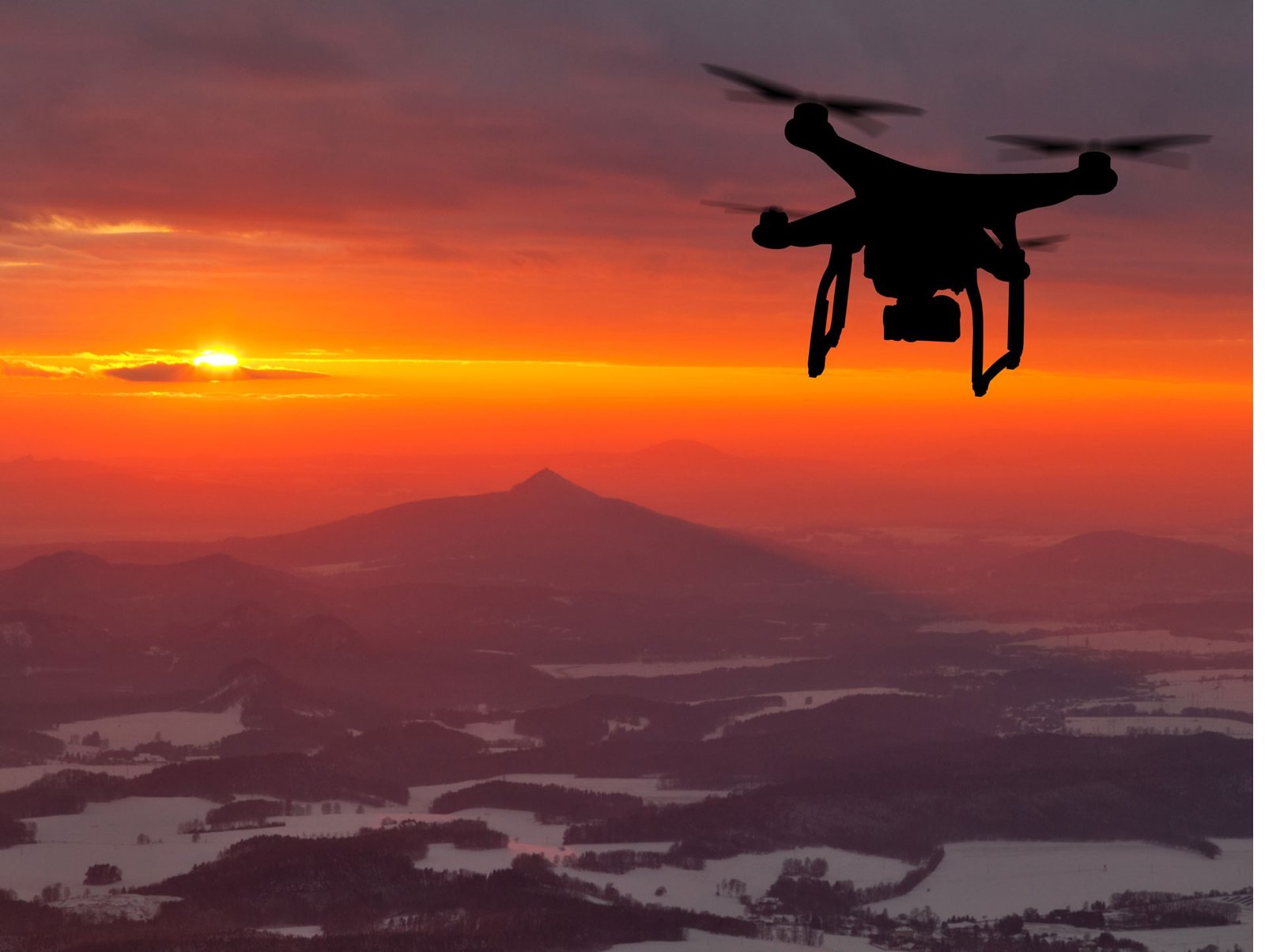
Despite the promising potential of drone technology, there are challenges that need to be addressed. Privacy concerns, airspace regulations, and the potential misuse of drones for malicious purposes are significant ethical considerations that must be navigated as the technology advances.
Conclusion
In 2023, drone technology is reshaping industries across the board. From agriculture and construction to healthcare and entertainment, drones are driving innovation, enhancing productivity, and addressing challenges in creative ways. As the technology evolves and regulations adapt, we can anticipate even more transformative applications in the years ahead.
Read more : Is There Some Technology or Device You Wish Hadn’t Been Invented?
FAQs
Are drones widely accepted in all industries?
While drones are becoming more common, their adoption varies based on industry needs and regulations.
What are the main regulatory hurdles for drone integration?
Airspace regulations, privacy concerns, and safety guidelines are some of the key challenges that need to be addressed.
How are drones contributing to environmental protection?
Drones aid in monitoring ecosystems, tracking wildlife, and gathering crucial data for conservation efforts.
What role do drones play in disaster management?
Drones assist in search and rescue operations, assess disaster-stricken areas, and deliver essential supplies.
What can we expect from future drone advancements?
Advancements in AI, longer flight times, and enhanced data analysis capabilities will drive new possibilities for drones.
Read more : 10 Best Automotive Industries in Working



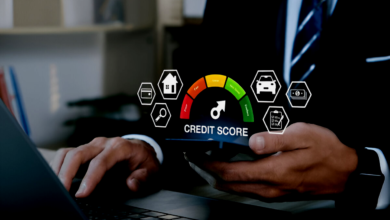
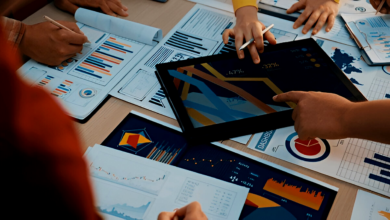


One Comment